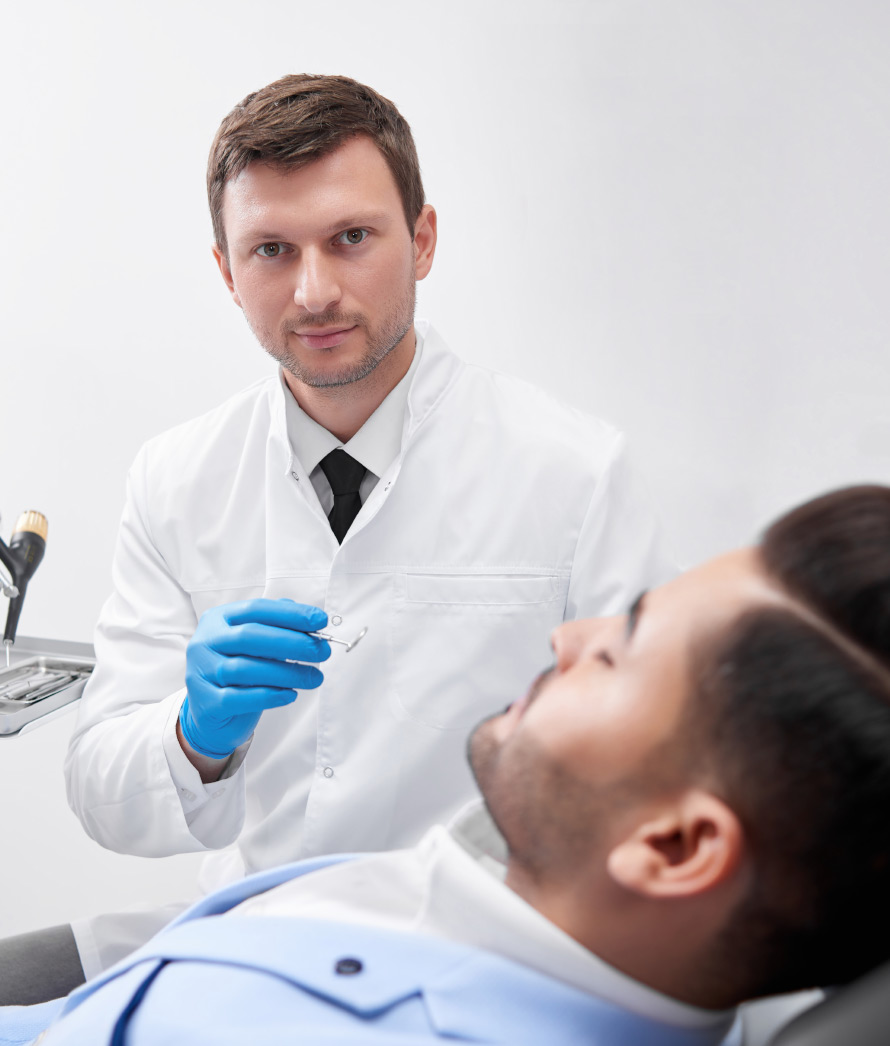Joint Replacement
Elbow Replacement
One of the Best Orthopedic Surgeon and Team In Ernakulam,Kerala
Why you need an Elbow Replacement
Elbow Fracture occurs from a break in one or more of the bones that make the elbow joint ,namely humerus, radius, and ulna. These bones are held together by ligaments providing stability to the joint. Muscles and tendons around the bones coordinate the movements and help in performing various activities.
Causes
Elbow fractures results from trauma resulting from a fall on an outstretched arm, a direct blow to the elbow, or an abnormal twist to the joint beyond its functional limit.
Types
The types of elbow fractures include:
Radial head and neck fractures: Fractures in the proximal end of the radius bone are referred to as radial head and neck fractures. In these fractures pain gets worsened with the movement of the forearm. Fractures that are not displaced do not require surgery and are treated by early motion. However, surgery is indicated if it is a displaced fracture to repair and align the fragments. In severe cases the radial head is replaced.
Olecranon fractures: These are fractures occurring at bony prominence of the ulna. The fractures, if stable, are treated using an immobilizing splint followed by a regimen of motion exercises. However displaced fractures require surgical reduction.
Distal humerus fractures: These fractures are common in children and elderly people. Nerves and arteries around the joint may sometimes be injured in these fractures. Surgery is usually required for displaced fractures and fractures compounded by nerve and/or artery injuries.
Symptoms
Symptoms of an elbow fracture include pain, swelling, bruising around the elbow, a popping or cracking sound, and deformity of the elbow bones.
Diagnosis
To diagnose elbow fractures X-rays of the joint are taken. In some cases, a CT scan may be needed to get to know the details of the joint surface.
Conservative Treatment Options
The aim of the treatment is to maximize early motion to reduce the risk of stiffness. Nonsurgical treatment options include use of a splint or a sling to immobilize the elbow during the healing process.
Surgery
Surgery is indicated in displaced and open fractures to realign the bones and stabilize the joint as well as to avoid deep infections. Strengthening exercises, scar massage, therapy with ultrasound, heat, and ice are recommended to improve the range of motion. Splints are also used to facilitate stretching of the joint.
TENNIS ELBOW
Tennis elbow, or lateral epicondylitis, is the most common injury in patients seeking medical attention for elbow pain. Most patients are between the ages of 35 and 65 years. It commonly affects manual workers and people who play racquet sports The exact cause of tennis elbow is unknown, but it is thought to be due to small tears of the tendons that attach forearm muscles to the arm bone at the elbow joint ,mostly the extensor carpi radialis brevis tendon. These muscle group, the wrist extensors, function to cock the wrist back. Patients with tennis elbow syndrome experience pain on the outside of the elbow that is worsened by grasping objects and cocking back the wrist.This pain commonly is felt on the outside of the elbow and radiates down the back of the forearm to the wrist. The symptoms often worsen over time.
Treatment starts with activity assessment and modification. A tennis player’s symptoms could resolve by something as simple as changing racquets. In conjunction with anti-inflammatory medication, physiotherapy and steroid injections, many patients recover fully without the need for surgery. However, some severe cases are resistant to the measures and require surgery. Surgery to release the damaged tendon is usually successful, but rarely needed; about 95 percent of patients with tennis elbow can be treated without surgery.
If surgery is needed, the surgical release is performed as a day-case operation. The location of the tendon damage is identified through a small incision, and this portion of the tendon is removed. The underlying bone is exposed, and blood flow to this region is stimulated. The remaining tendon is repaired by using sutures anchored into the bone.
Elbow Arthritis
Elbows, although are not the weight-bearing joints, they are considered to be most important for functioning of upper limbs and even a minor trauma or disease condition affecting elbow may be painful and limit the movements of upper limbs.
Arthritis of elbow joint is relatively uncommon,and is usually secondary to intraarticular fractures, crystalline arthropathy, haemophilia, sepsis and rheumatoid arthritis.. Total elbow replacement is one of the procedures used to restore the function and relieve the pain in elbows affected by arthritis. In total elbow replacement surgery, scar tissue will be removed, elbow muscles will be balanced, and then the damaged elbow joint will be replaced with the new artificial joint. The artificial joint will be fixed to the inside of the humerus and to the inside of ulna. Hinge pins may be used to connect the limb with other bones and to give the joint stability.



FAQ
General Question
We help you clear up your doubts

Testimonial
See What Patients Saying

Entrepreneur
Lorem ipsum dolor sit amet, consectetur adipiscing elit, sed do eiusmod tempor incididunt ut labore et dolore magna aliqua

Manager
Lorem ipsum dolor sit amet, consectetur adipiscing elit, sed do eiusmod tempor incididunt ut labore et dolore magna aliqua

HR Manager
Lorem ipsum dolor sit amet, consectetur adipiscing elit, sed do eiusmod tempor incididunt ut labore et dolore magna aliqua

HR Manager
Book Now
Make An Appointment
Get Back On Track With Your Health – Schedule Your Appointment Today!
Opening Hours
- 08.00 AM - 20.00 PM
- 08.00 AM - 17.00 PM
- 09.00 AM - 17.00 PM
- 09.00 AM - 18.00 PM
Stay Connected with Orthopedic Kerala
This website uses cookies to provide you with the best browsing experience.


Lorem ipsum dolor sit amet, consectetur adipiscing elit, sed do eiusmod tempor incididunt ut labore et dolore magna aliqua